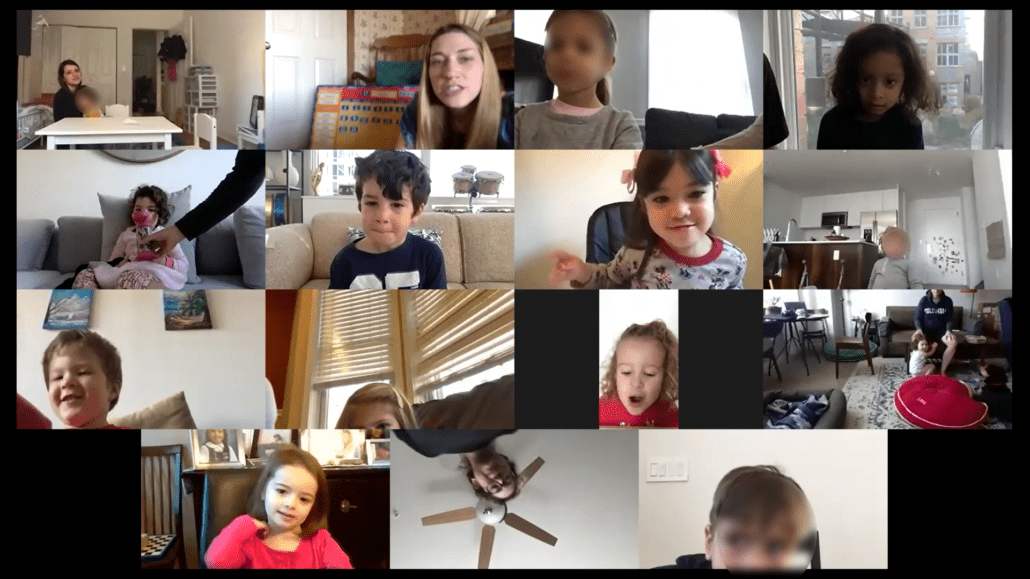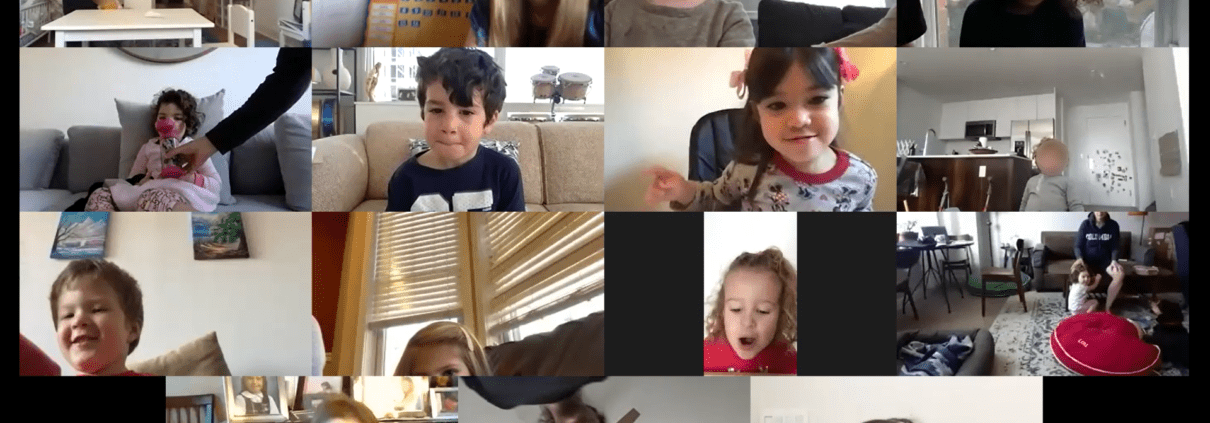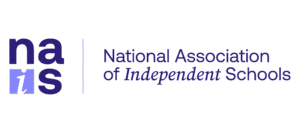The Challenges of Distance Teaching Young Learners
Years ago, before I considered entering the field of education I always thought that teaching mostly consisted of planning lessons, standing in front of students, keeping the students’ behavior in line, and assessing the students. What I quickly learned once I became a teacher (back in 2002, for the record) is that what I have described is only about 20% of the job. In every school I have worked in, teachers are asked to do a lot—sometimes more than is possible!
From the bottom of my heart, our teachers at Tessa International School have been doing twice of the above by providing distance learning to our families for the past few weeks.
Many parents naturally think that once the technology part is learned on the part of the teachers or that online teaching is ‘easy sailing.’ I just wanted to dispel this belief by sharing some of the unique challenges to teaching online that I have seen over the past three weeks.

1. Assessment
Teachers are assessing children live. They can’t depend on students to work for hours over many days on a particular skill and then assess it at a later point like they can in the classroom. They have to hope that the parents at home are helping, but they can’t depend on this in every case. In the end, teachers have few opportunities each week to assess students and are very limited in what they can assess by looking at them through a camera.
2. Keeping students interested and focused
Keeping students engaged is a regular challenge for teachers, but much more difficult when teachers are limited to a rectangular screen. I’ve seen teachers try funny voices, wear costumes, change backdrops, and use puppets. They do a great job! Let’s never forget that our youngest learners are two and a half…most young learners get distracted very easily…especially when there are many things to distract them in their homes!
In the classroom it is often fairly easy to have students focus. In students’ homes, it’s virtually impossible to control distractions that are happening in people’s homes.
3. Limited space
Besides needing to have everything ready for a lesson within a few feet, teachers literally only have the area of your child’s tablet or computer monitor to engage your students.
4. Lack of materials
Just as many parents may not have basic school materials at home (such as rulers, glue, construction paper), it is just as true for our teachers. Naturally, we can supply whatever teachers need, but sometimes teachers need something unexpected and ‘on the fly.’ All of this means that teachers have to plan even more carefully. You can’t take anything for granted…for instance, that a child at home will have a whiteboard and a whiteboard marker. Or clothespins.
5. Missing context, interactions, and connections
Online classes are very limited in time and space. Teachers do their best to connect with students, but there is a long gap of time between students seeing each other and the teacher each day. It’s a bit like watching a movie for bursts of 20 minutes instead of having a live person in front of you. Maintaining teacher-student relationships isn’t impossible in this online environment, but it isn’t easy.
6. Collaboration
Teachers at Tessa meet with the PYP Coordinator and each other regularly. It is much more challenging in this environment. Still, as a staff we meet once a week and Ms. Pooja and the teachers are meeting and working on Unit Planners.
7. Direct instruction is essentially the opposite of the PYP
Worksheets and direct instruction is de-emphasized in the Primary Years Program. Collaboration, choice, and voice, are essential. These are all drastically scaled down in the online learning environment.
8. Screen time.
According to the American Academy of Pediatrics, screen time for 2-5 year olds should be: 1 hour, broken into sessions of a maximum of 30 minutes. This makes everything even more challenging.
In short, our teachers are trying to emulate what we do in the classroom, a Herculean task, with some major limitations. We thank all of our teachers (and our parents who are helping) do the absolute best that they can. A special thanks to Maritza Meza for some information for this blog


















